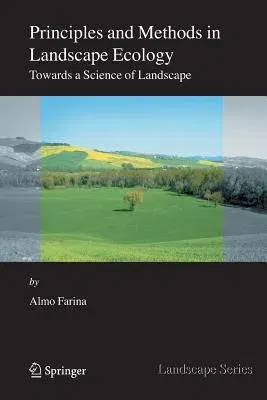Principles and methods of landscape ecology are intensively used to
model and to manage disturbed landscapes and menaced pristine areas as
well. Students and professionals can find a new version of "Principles
and Methods in Landscape Ecology" firstly published in 1998 by Chapman &
Hall (London).
Landscape ecology is an integrative and multi-disciplinary science and
"Principles and Methods in Landscape Ecology" reconciles the geological,
botanical, zoological and human perspectives. In particular new
paradigms and theories like percolation, metapopulation, hierarchies,
source-sink models have been integrated in this last edition with the
recent theories on bio-complexity, information and cognitive sciences.
Methods for studying landscape ecology are covered including spatial
geometry models and remote sensing in order to create confidence toward
techniques and approaches that require a high experience and long-time
dedication.
Principles and Methods in Landscape Ecology is a textbook useful to
present the landscape in a multi-vision perspective for undergraduate
and graduate students of biology, ecology, geography, forestry,
agronomy, landscape architecture and planning. Sociology, economics,
history, archaeology, anthropology, ecological psychology are some
sciences that can benefit of the holistic vision offered by this
texbook.
A relevant goal of this second edition is to increase confidence in the
new generations of students and practitioners for considering the
ecological systems as the result of the integration between ecosystemic
(non-spatial) and landscape (spatial) patterns and processes.


